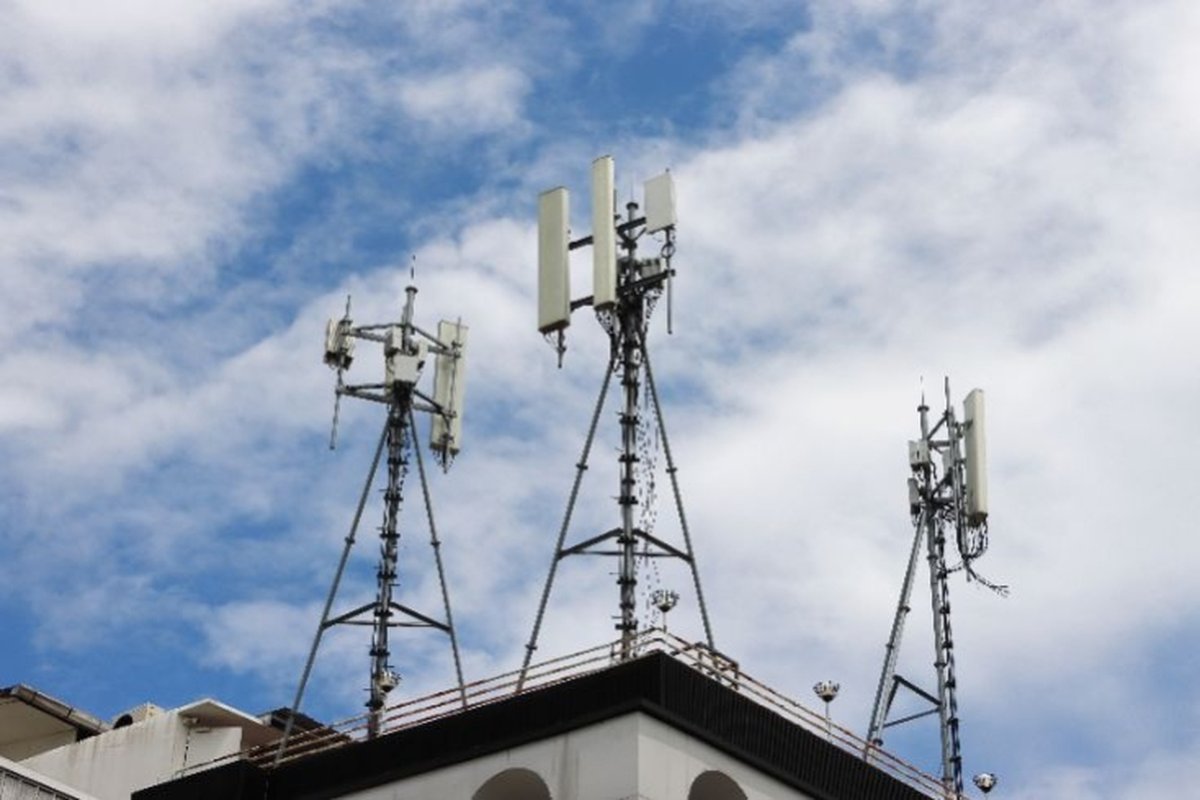Global pandemic is reversing global communications trends as voice calls make a comeback says Colin Abrey of Nextivity
After a five-year downward trend, Covid-19 has helped to boost mobile voice traffic. Mobile network operators (MNOs) across the globe have seen more growth in the past two months than they have in the last two years thanks to society rediscovering the art of talking.
• The GSMA reported a 50 per cent increase in voice traffic in some European countries;
• AT&T reported a 44 per cent increase in one week; and
• O2 has experienced a 25 per cent increase in call volume and a 30 per cent increase in call duration.
The last time there was a surge in voice traffic was in 2014. So why is there a sudden surge now? Well, as a result of our movements being restricted and with home broadband networks going into overdrive, it’s been far more pleasant to pick up the phone and have a regular conversation than put up with infuriatingly irritating jumpy, clipping video calls.
According to Ofcom only around 3 million homes in the UK have access to all fibre broadband networks and the situation is not going to change until 2025 at the earliest because this is the UK’s current deadline for ensuring 95% of the population has access 4G and highspeed broadband services. When you factor-in that existing copper-based networks are having to maintain “evening surge” levels 24×7, it is little wonder there are latency issues with some data-driven services due to highly contended bandwidth.
The demise of the landline
Thanks to digital advances and the affordability of high-end smartphones, fixed line phone usage has been steadily declining over the last 10 years. In many households the landline simply serves as an access point for higher bandwidth home broadband services. With homeworking becoming the new normal, and social distancing likely to be prevalent for the foreseeable future, mobile phones are rapidly becoming the single point of contact for business and social conversations because they support traditional and IP comms.
Voice and data address different market needs
Fixed broadband, mobile broadband, along with fixed and mobile voice services address different market needs. Fixed broadband serves the home and office and is ideally suited to:
• Email
• Data transfer
• Video conferencing and
• Home schooling
It does not have a Quality of Service (QoS) for voice and will clip and buffer under heavy/contended load. Mobile broadband provides these capabilities with the added benefit of mobility.
Indeed, in many cases where high speed fixed broadband is not available mobile broadband is used as the connection technology to serve fixed locations. Fixed and mobile voice services provide a QoS to support the specific demands of voice traffic and almost always outperform IP based voice applications. For the business user in particular, mobile voice has the added benefit of providing a single point of contact regardless of whereabouts.
To get mobile coverage you need a mobile signal
Mobile voice may well be making a comeback, but the quality of a conversation is only as good as the quality of the mobile signal in the first place and many areas in the UK are blighted by poor mobile coverage. Mobile signals are weaker by default as soon as the user enters a building because raw materials like bricks, reinforced concrete, glass, iron girders, insulating foam etc. hamper their transmission.
Taking the outside network indoors is easier than you think
To overcome poor quality signal issues, you need to take the outside network indoor using additional signal boosting equipment. The barrier until recently has been the legality of its implementation in the first place. However, thanks to changes in the mobile repeater rules by Ofcom this is no longer the case. It is now possible to improve mobile coverage inside any residential, commercial or mixed-use property dwelling using off the shelf repeater systems. The only stipulation is that they must meet certain criteria stipulated by Ofcom and not many do. One repeater range that does satisfy all requirements is CEL-FI by Nextivity.
With fixed voice services in decline and homeworking becoming the “new normal”, never has there been a greater desire for a single point of contact for privacy and data protection purposes. Mobile connectivity and mobile voice services are central to this. Over the last few weeks voice calls have also played a key role in facilitating normal communications during a time of crisis because of their shear convenience. Covid-19 has demonstrated that ubiquitous mobile coverage and reliable connectivity can no longer be ignored. And it is not difficult to fulfil; all that is needed is a decent quality indoor signal.



